The Duane Arnold Energy Center in Palo, Iowa. (Photo: NextEra Energy)
The Duane Arnold nuclear power plant in Iowa could see new life, according to NextEra Energy chief executive officer John Ketchum.
“There would be opportunities and a lot of demand from the market if we were able to do something with Duane Arnold,” Ketchum said on Wednesday this week during the company’s second-quarter earnings call.
Eielson Air Force Base is shown in this screen grab from a video hosted on the base’s website. (Image: DOD)
Eielson Air Force Base in central Alaska has been the preferred location to demonstrate the benefits of microreactors to the U.S. Air Force—and by extension the Defense Department—since 2018. Now, a protracted solicitation process is nearing an end, and the Air Force and the Defense Logistics Agency Energy (DLA Energy) expect to announce a final procurement decision by the end of the summer—or about one year after Oklo Inc. announced that it had been tentatively selected to supply a microreactor under a 30-year power purchase agreement.
Scientist Jacklyn Gates at the Berkeley Gas-filled Separator used to separate atoms of element 116, livermorium. (Photo: Marilyn Sargent/Berkeley Lab)
A plutonium target bombarded with a beam of titanium-50 in Lawrence Berkeley National Laboratory’s 88-Inch Cyclotron for 22 days has yielded two atoms of the superheavy element 116, in a proof of concept that gives Berkeley Lab researchers a path to pursue the heaviest element yet—element 120. The result was announced July 23 at the Nuclear Structure 2024 conference; a paper has been submitted to the journal Physical Review Letters and published on arXiv.
Elliot Claveau, honorary fellow in the UW–Madison Department of Physics and experimental scientist at Realta Fusion, raises his arms in celebration of achieving a plasma in WHAM at the Wisconsin Plasma Physics Laboratory. The device is seen on the floor of the lab. (Photo: Bryce Richter/UW–Madison)
The magnetic mirror fusion concept dates to the early 1950s, but decades ago it was sidelined by technical difficulties and researchers turned to tokamak fusion in their quest for confinement. Now it’s getting another look—with significantly more powerful technology—through WHAM, the Wisconsin HTS Axisymmetric Mirror, an experiment in partnership between startup Realta Fusion and the University of Wisconsin–Madison.
A schematic of TerraPower’s proposed Natrium nuclear power plant. (TerraPower)
A public hearing in Kemmerer, Wyo., drew dozens of comments and questions about TerraPower’s plans to build the Natrium nuclear reactor demonstration project in the coming years.
Nuclear was the only energy source to show a boost in public opinion over the past decade. (Graph: Jon A. Krosnick and Bo MacInnis, Climate Insights 2024: American Understanding of Climate Change; Washington, DC: Resources for the Future; 2024.)
A new report based on what its authors call “the definitive American public opinion surveys on climate change and the environment” has found a statistically significant increase in the percentage of survey respondents who think nuclear power is a good way to generate electricity, relative to a survey that asked the same question in 2013. That’s despite evidence that “Americans’ views on climate change have remained remarkably steady.” The new report, Climate Insights 2024: American Understanding of Climate Change, is the product of a 27-year polling partnership led by the Political Psychology Research Group at Stanford University and Resources for the Future (RFF), and it was released July 15.
The former site of the K-33 gaseous diffusion enrichment plant in Oak Ridge’s East Tennessee Technology Park is the future site of Hermes and Hermes 2. (Photo: Kairos Power)
Nuclear Regulatory Commission staff has completed its final safety evaluation for Kairos Power’s application to build its Hermes 2 molten salt–cooled reactor test facility in Oak Ridge, Tenn., the agency announced July 22. Earlier, and independently, the NRC’s Advisory Committee on Reactor Safeguards (ACRS) reviewed safety-related aspects of the Kairos application and provided its review to the Commission on July 17. The evaluation concluded that there are no safety aspects that would preclude issuing a construction permit for the facility, but that can’t happen until the NRC staff issues its final environmental assessment later this summer and the Commission assesses the staff’s work (under newly streamlined procedures for mandatory hearings) this fall before voting on whether to authorize a construction permit.
The 10 MW core of MURR contributes to the global supply of radioisotopes for medical radiopharmaceuticals and research. (Photo: MURR)
The University of Missouri Research Reactor (MURR) is the latest member of Nuclear Medicine Europe, an industry association for the radiopharmaceutical and molecular imaging industry in Europe, the University of Missouri announced July 17.
Prime Minister Petr Fiala (center right), ČEZ chief executive officer Daniel Beneš (left), and ministers Zbyněk Stanjura (center left) and Jozef Síkela at a press conference on July 17. (Photo: Czech Republic)
Korea Hydro & Nuclear Power is now in discussions with the Czech Republic for construction of two nuclear units at the Dukovany site and possible new energy sources at Temelín, the country’s other nuclear power facility.
An image of TRISO fuel particles. (Image: BWXT)
BWX Technologies Inc. announced today that its Advanced Technologies subsidiary has signed a cooperation agreement with the state of Wyoming to evaluate locations and requirements for siting a potential new TRISO nuclear fuel fabrication facility in the state.




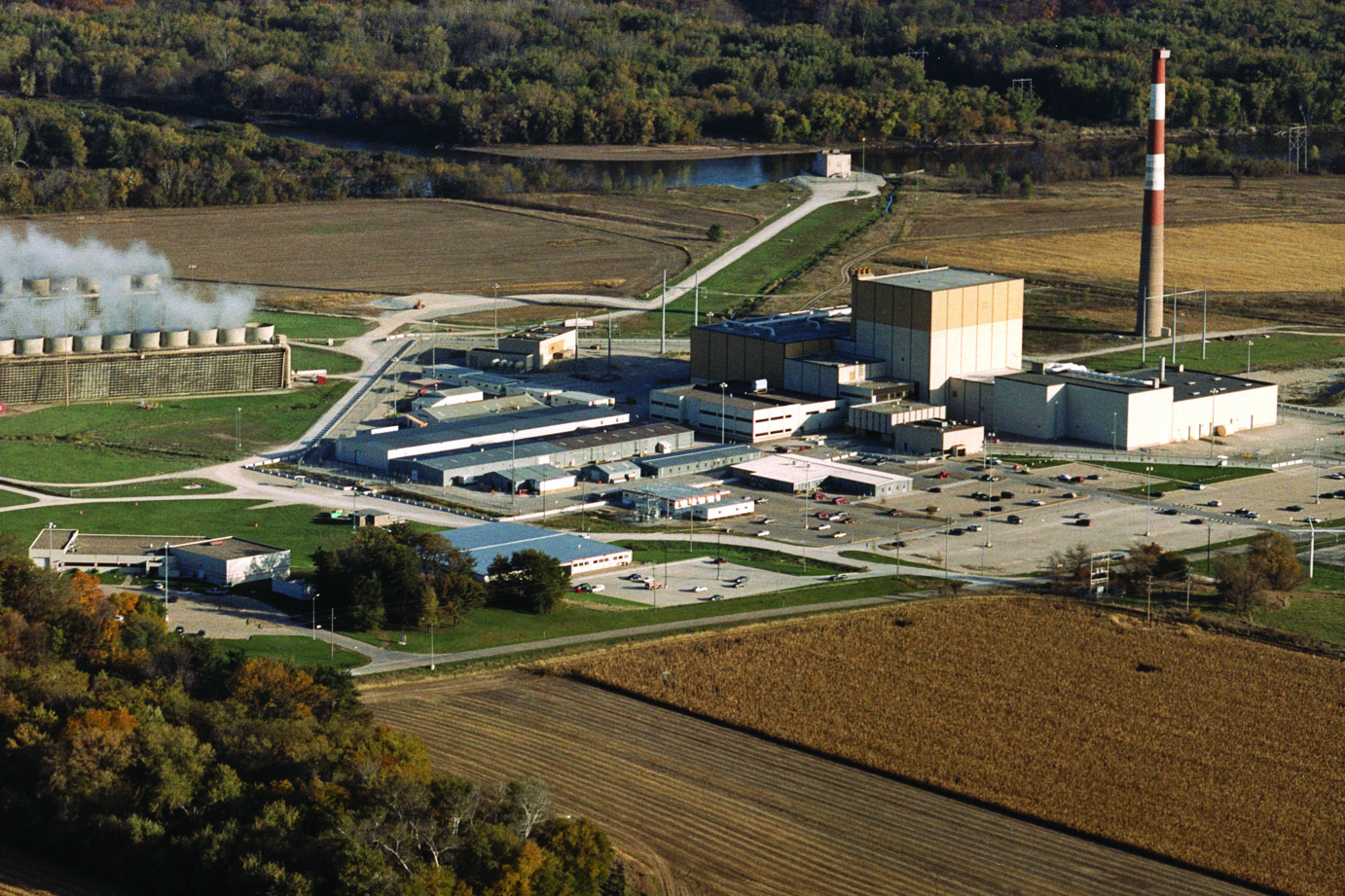

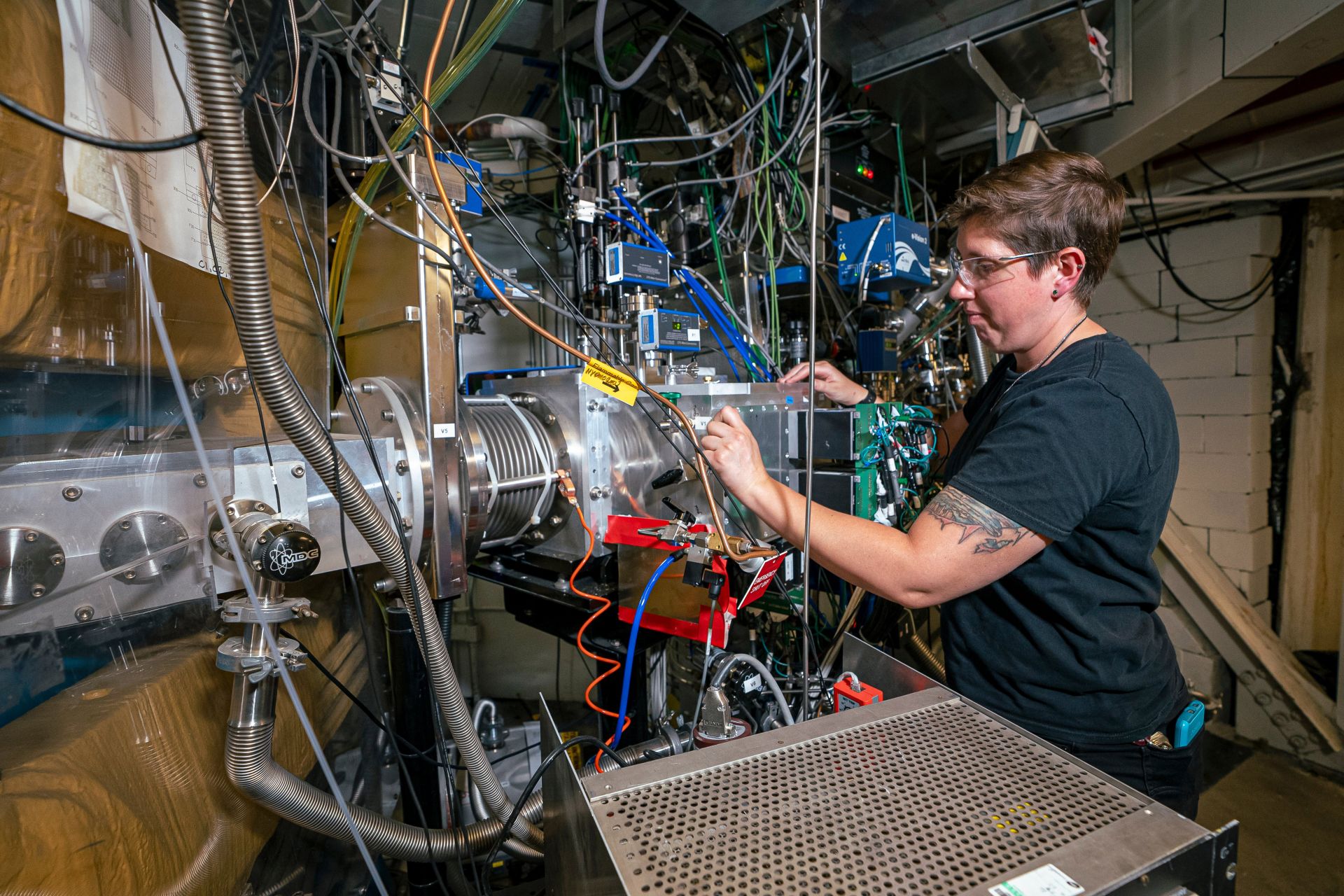

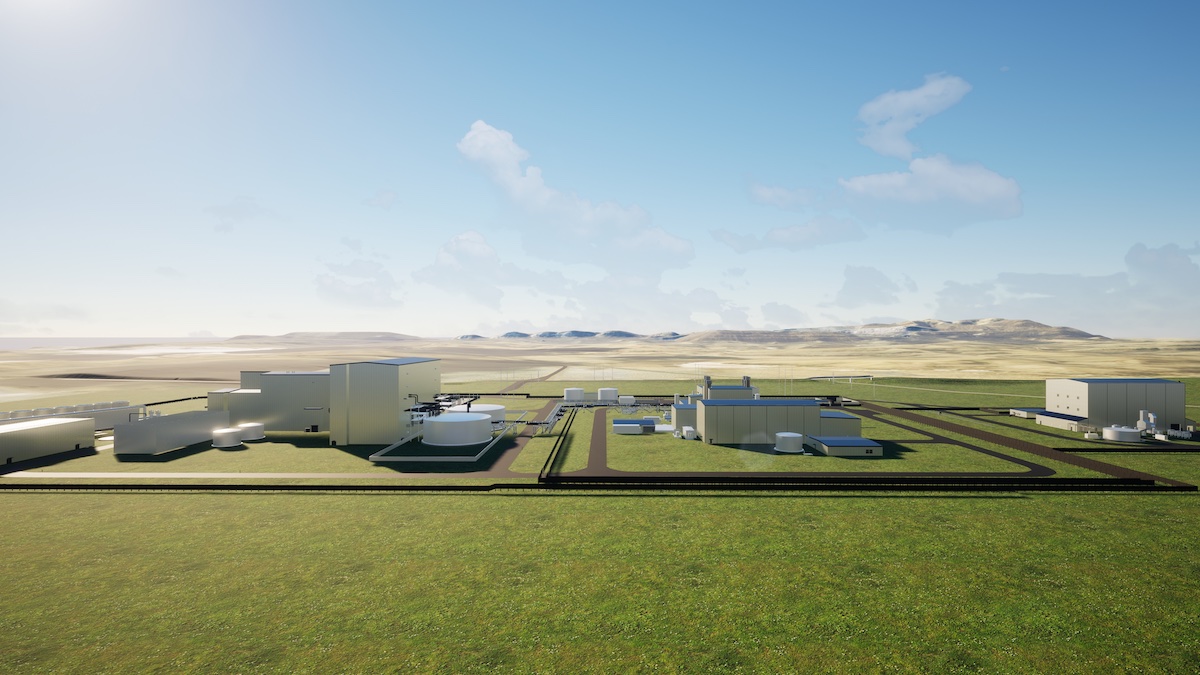

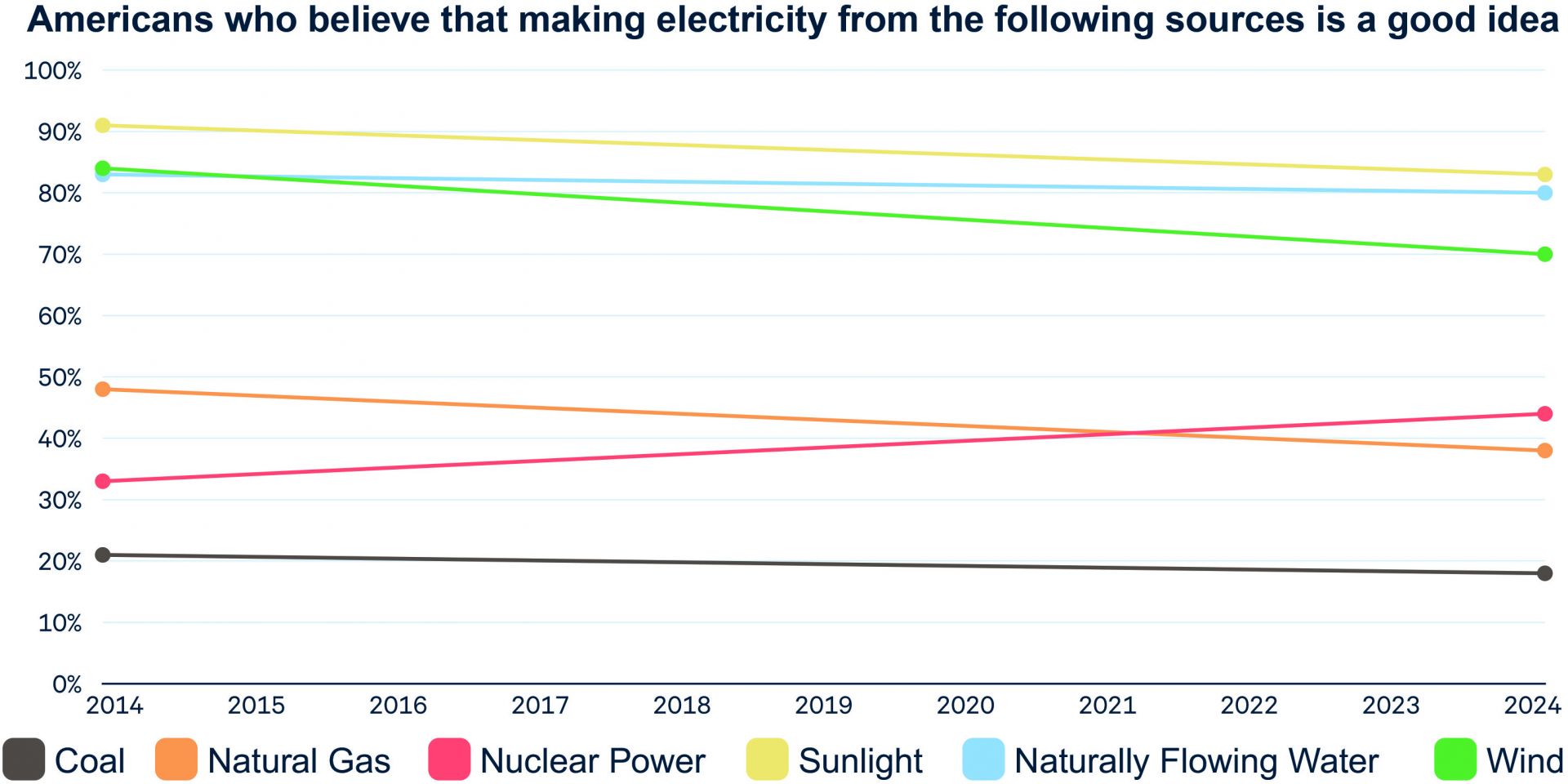
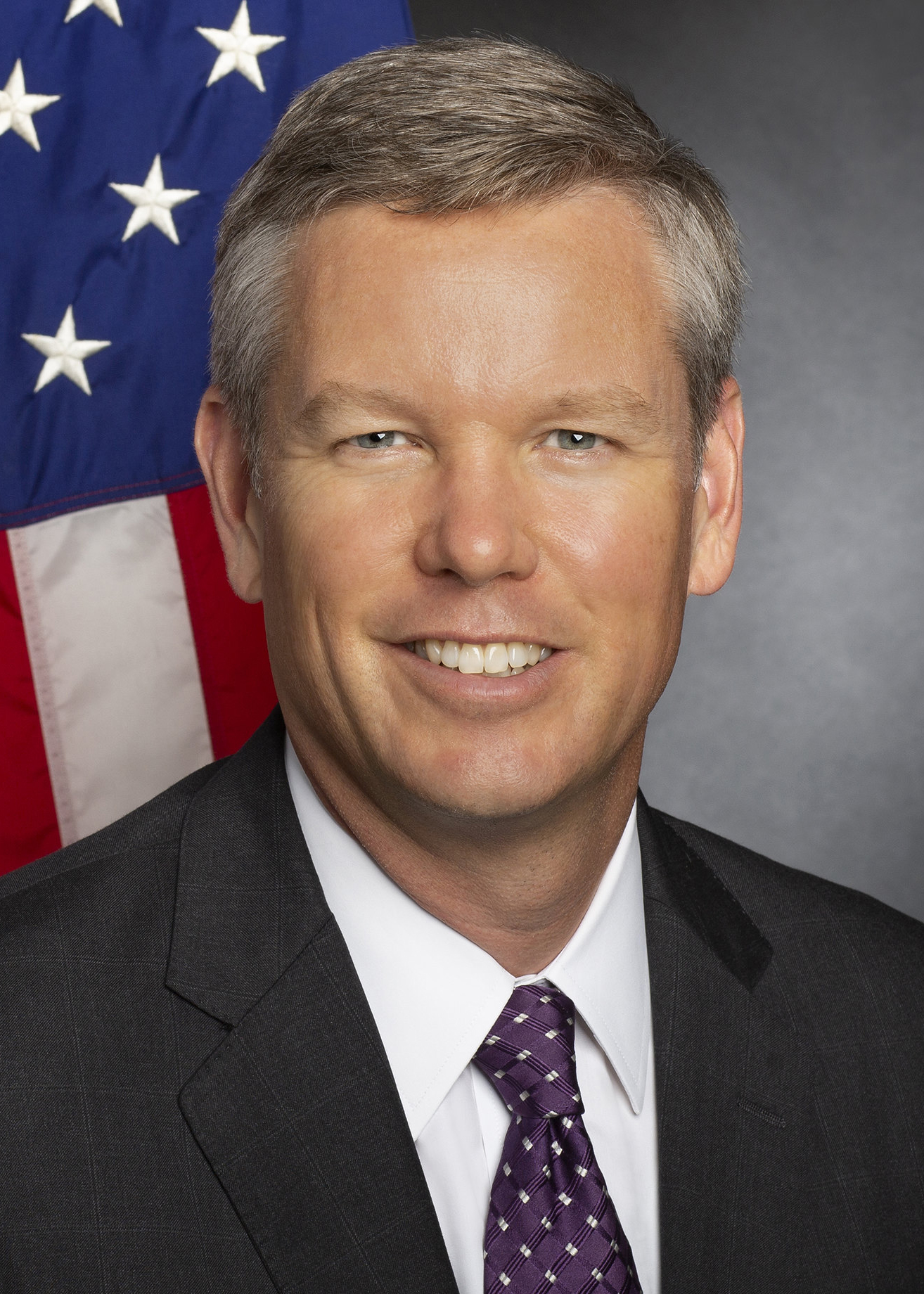

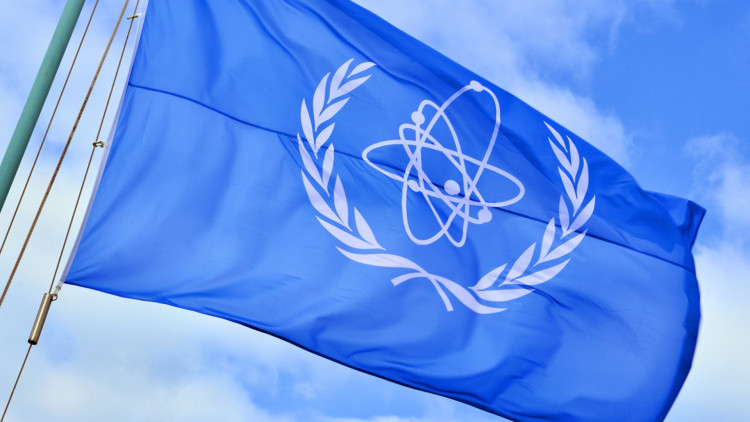

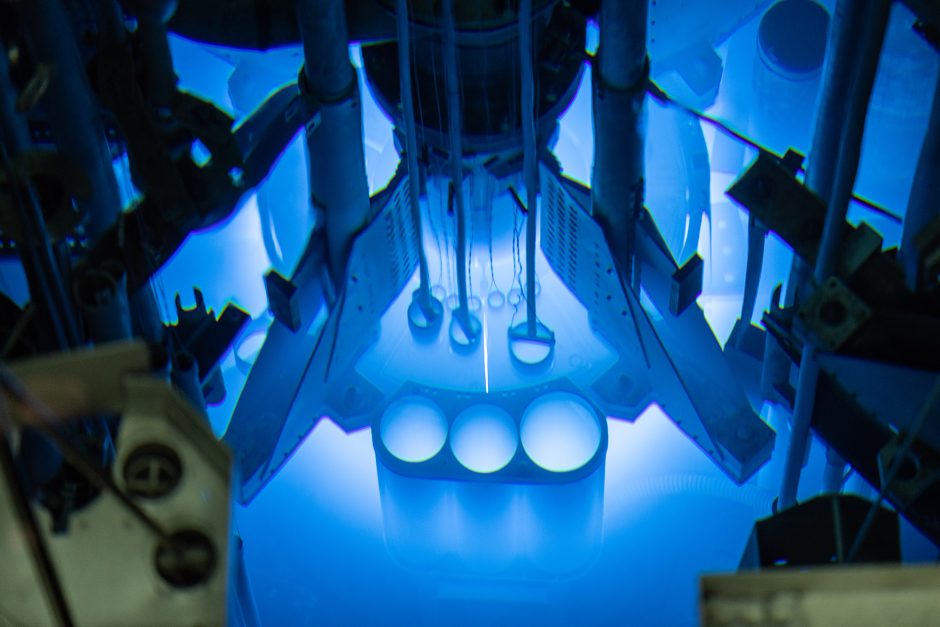

 Following new federal funding and programs announced
Following new federal funding and programs announced 